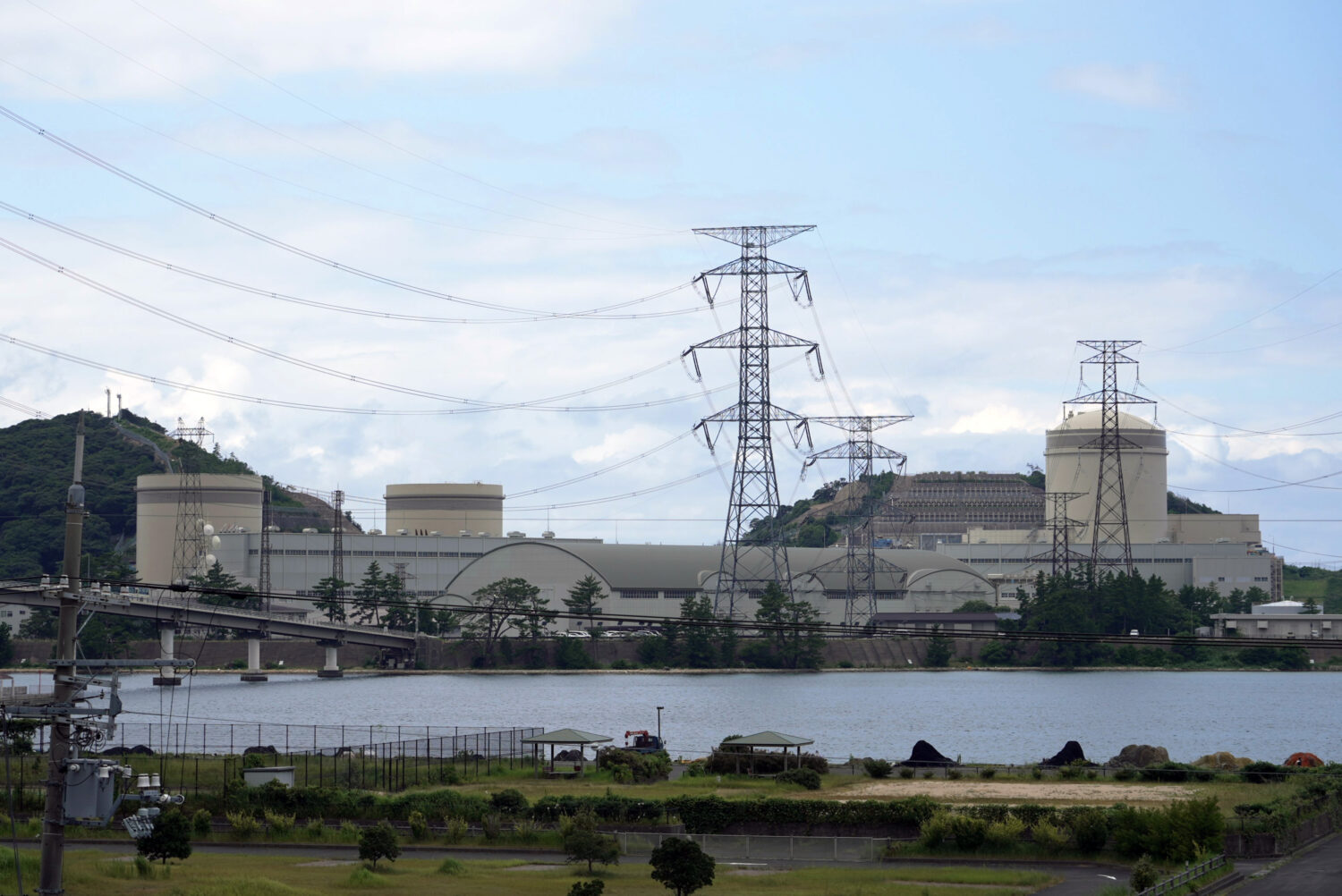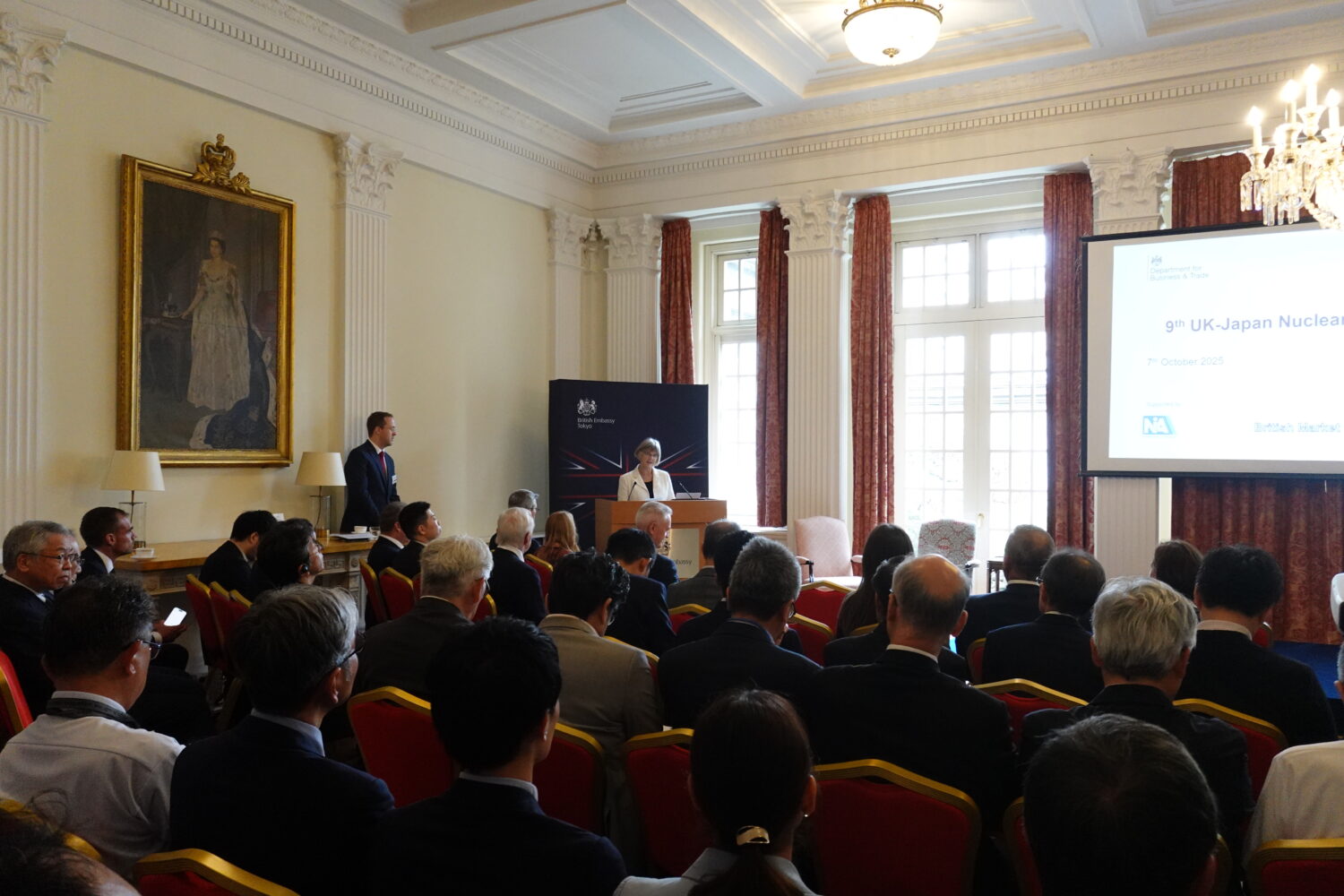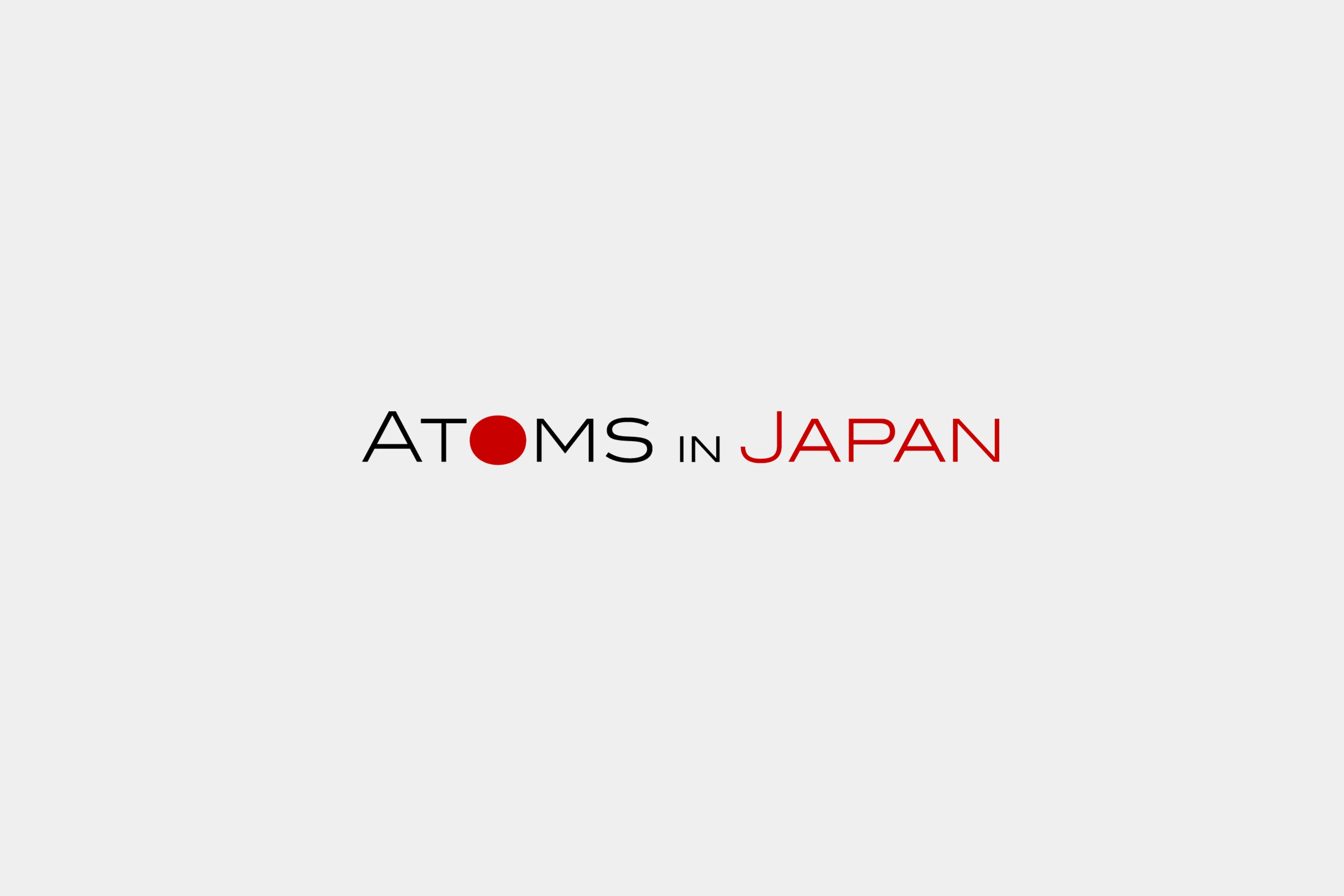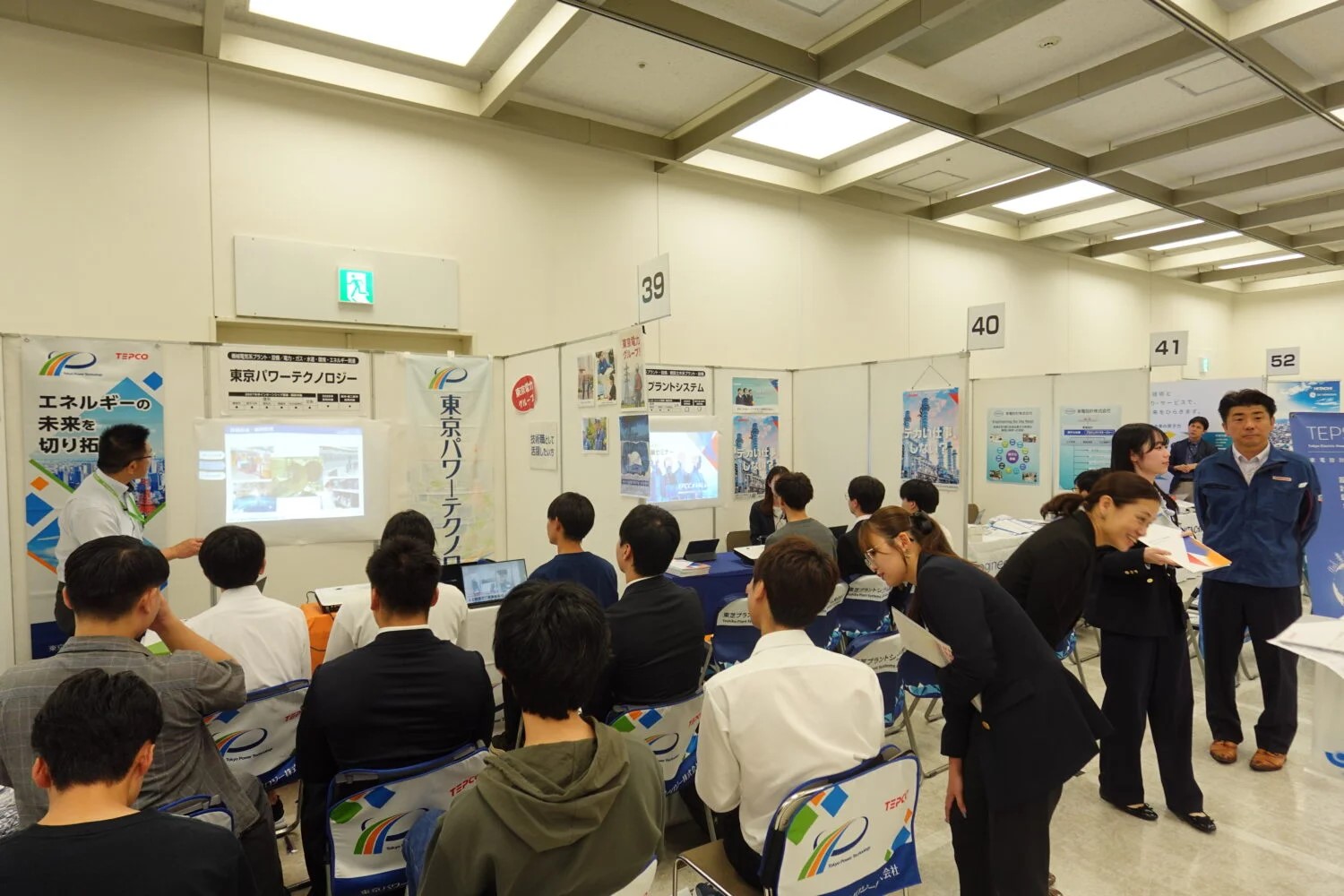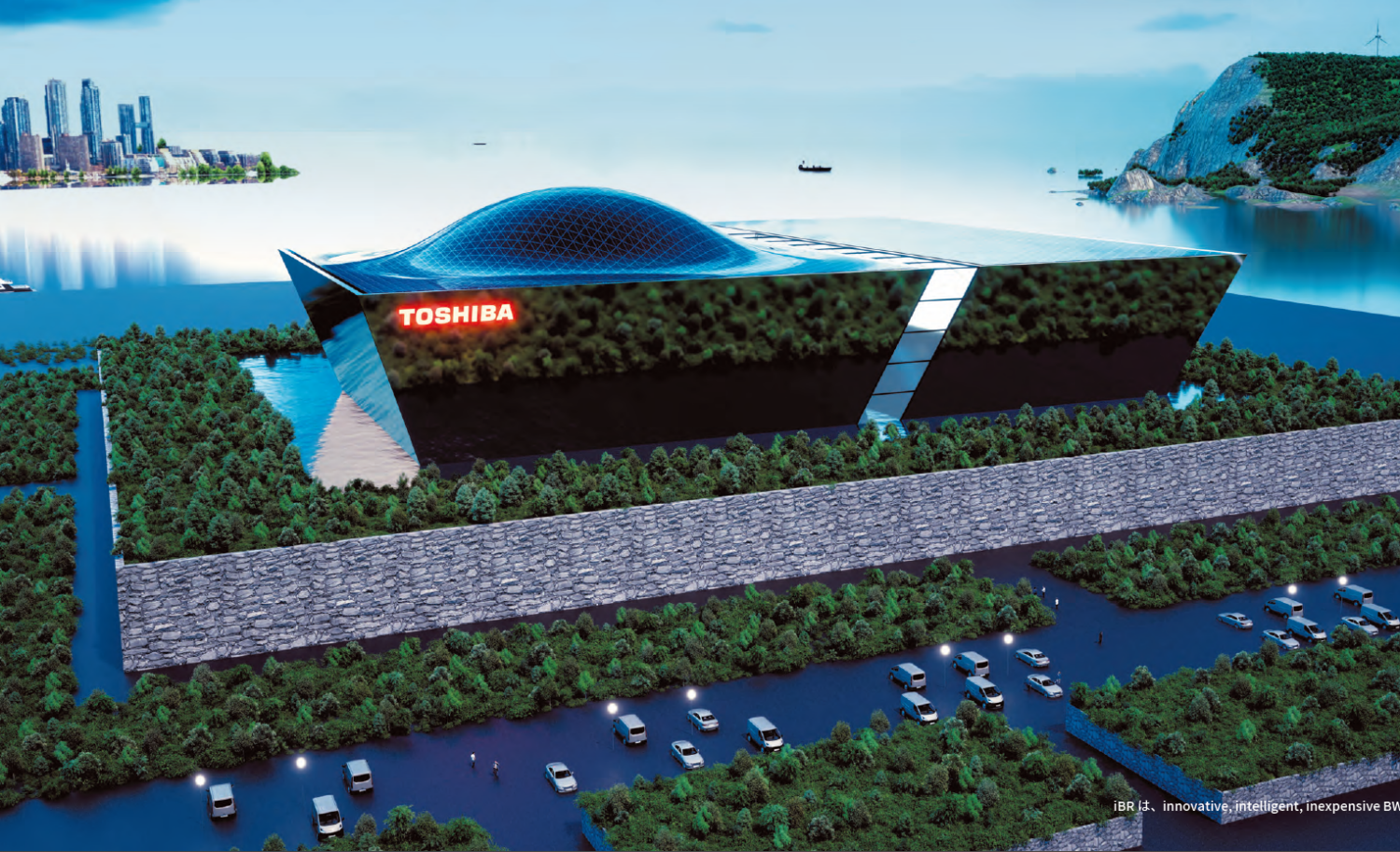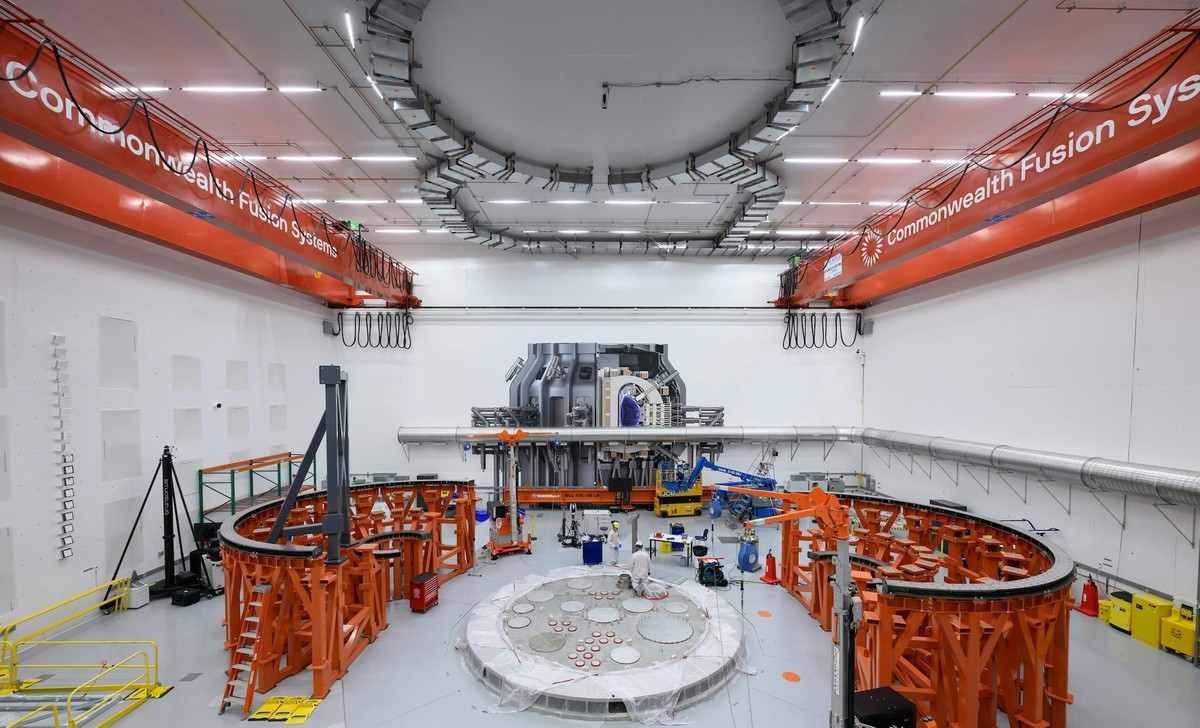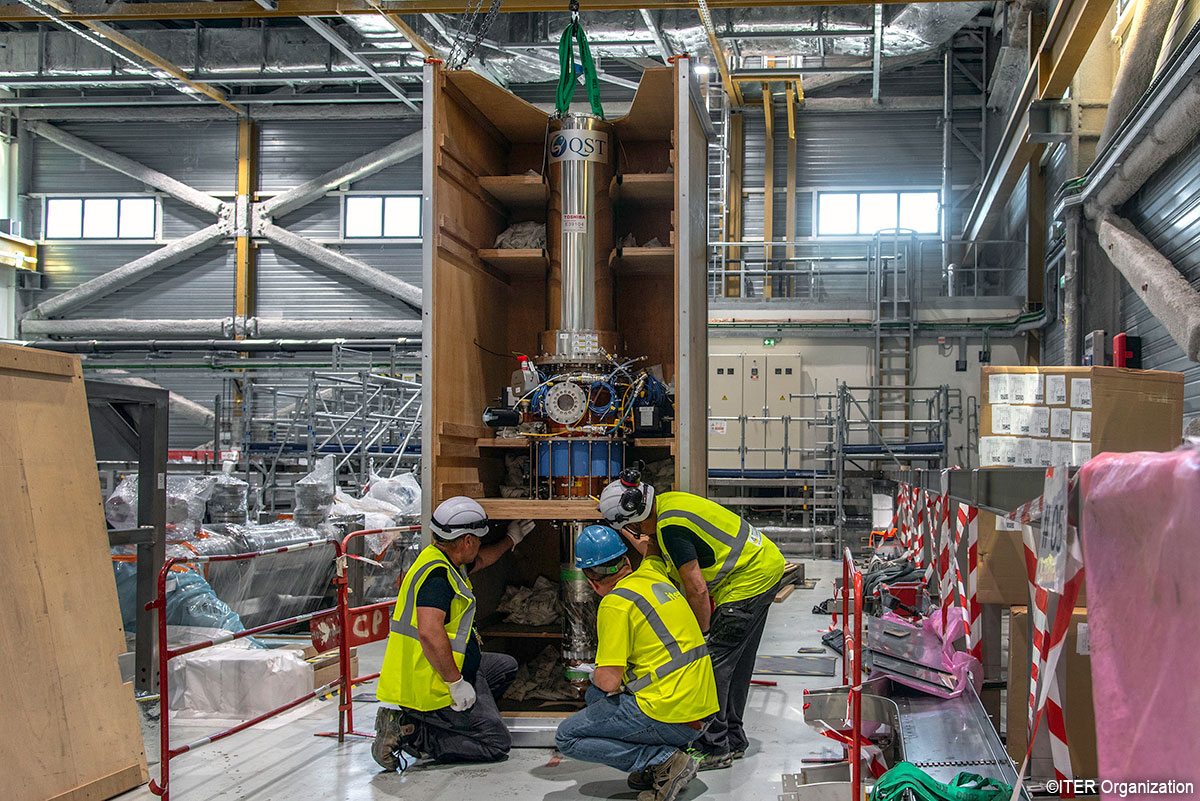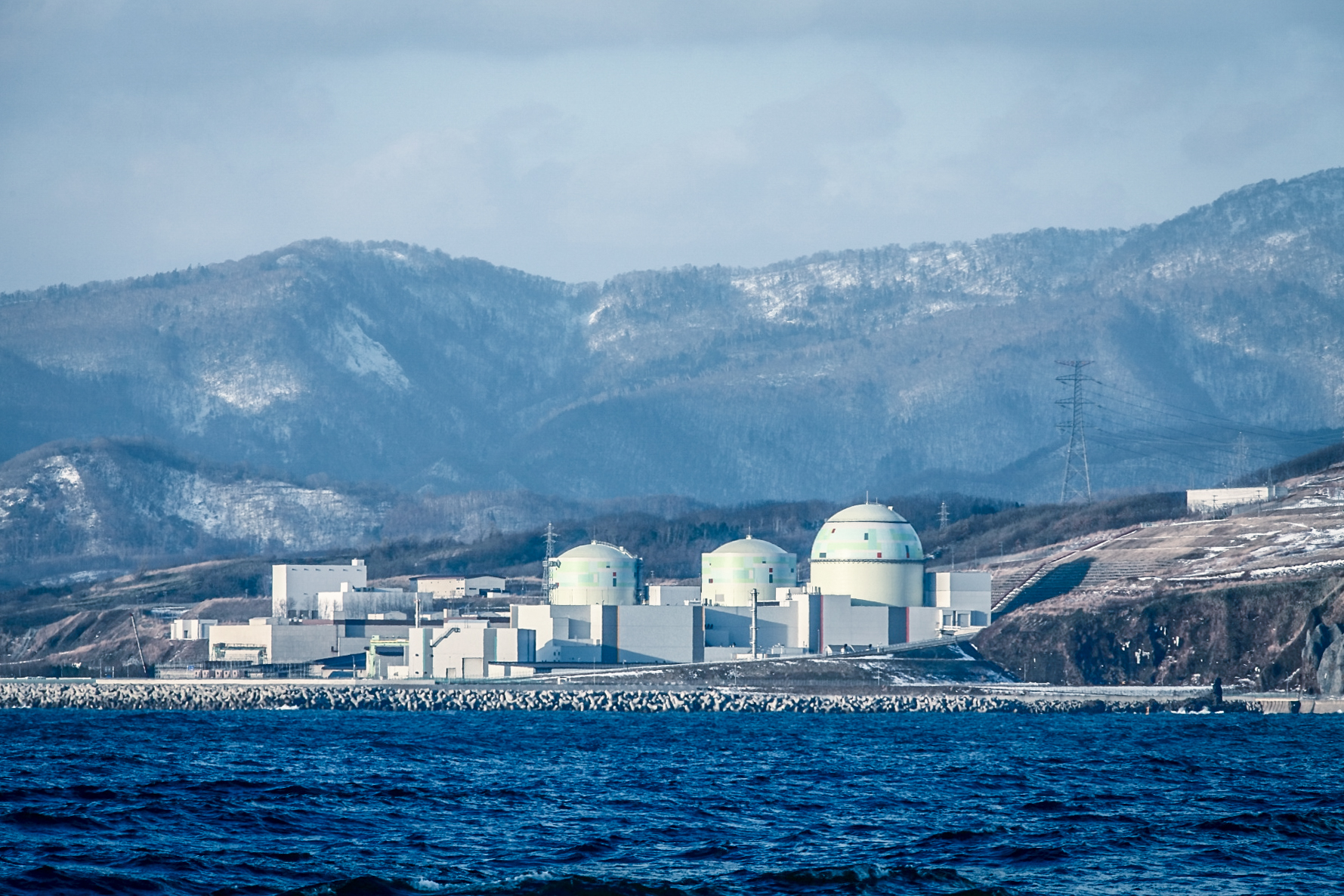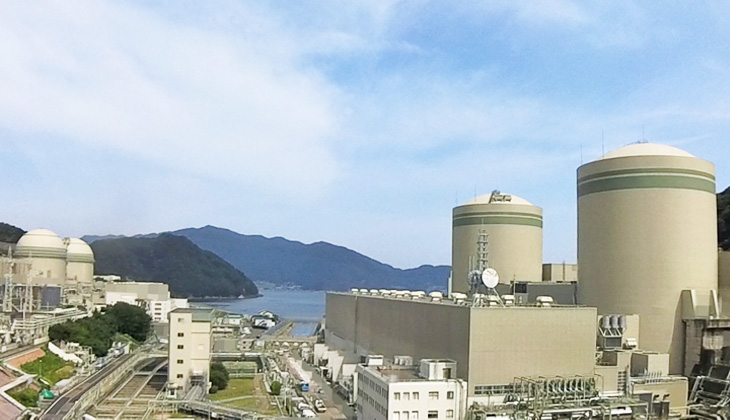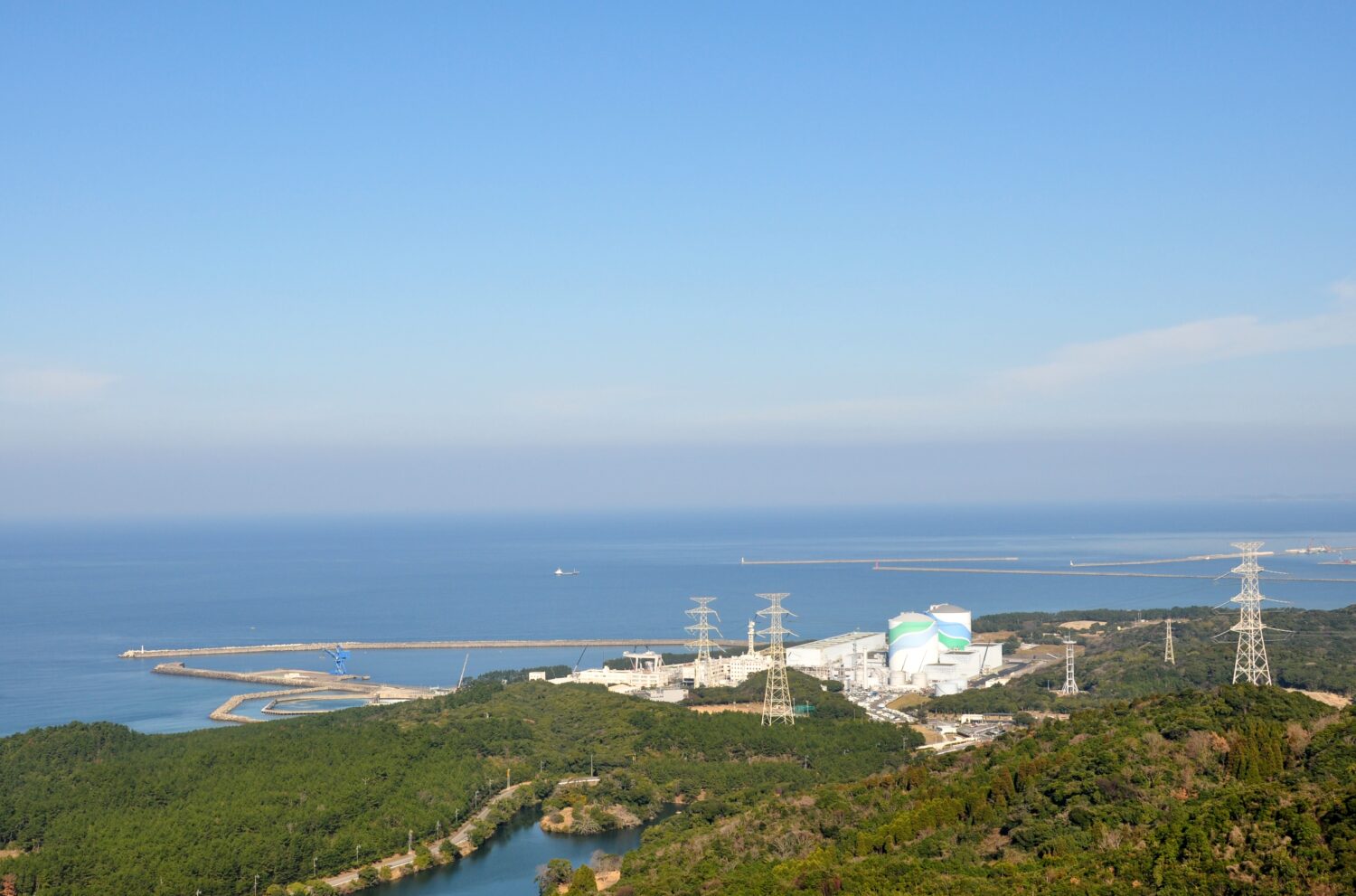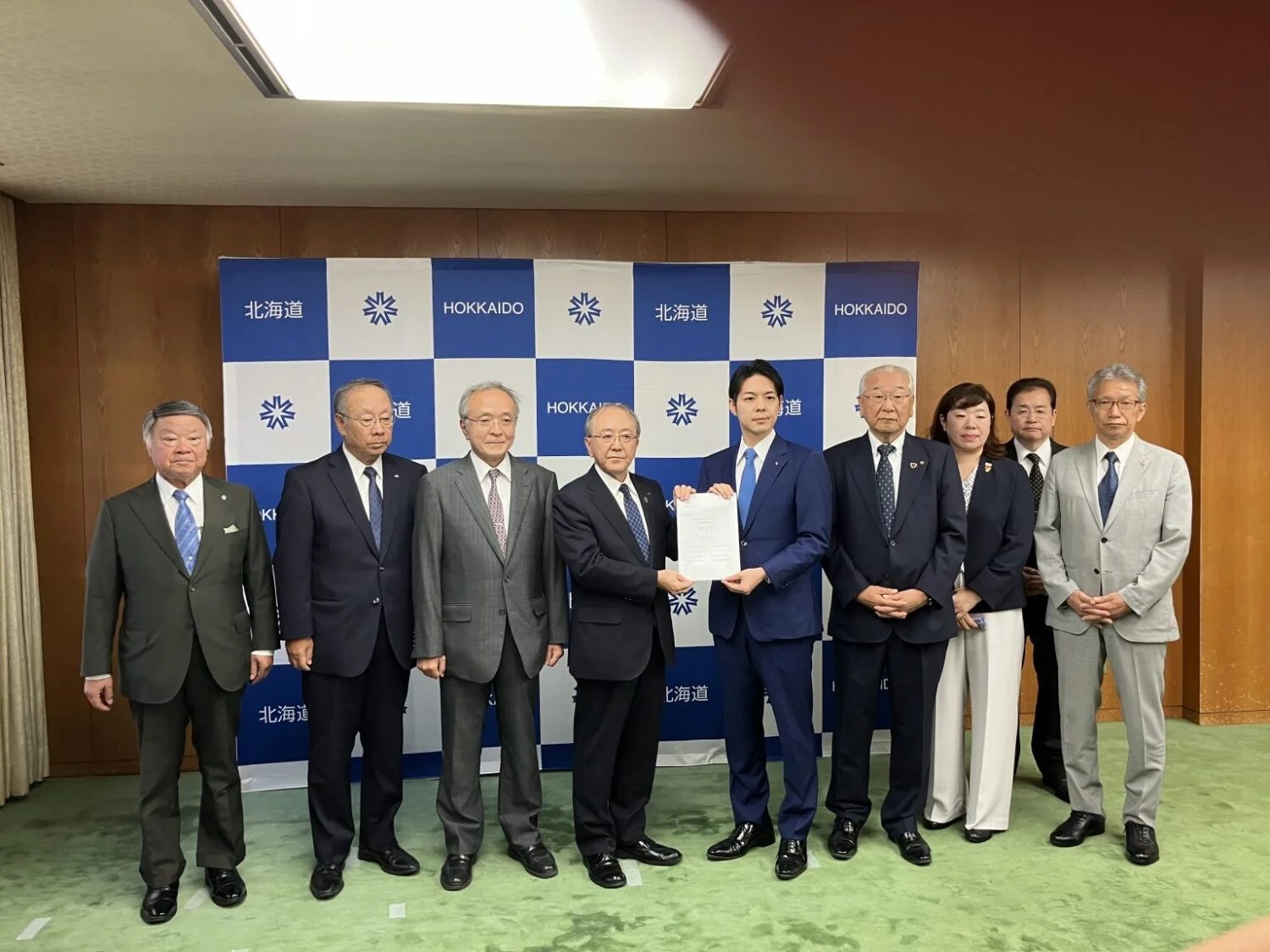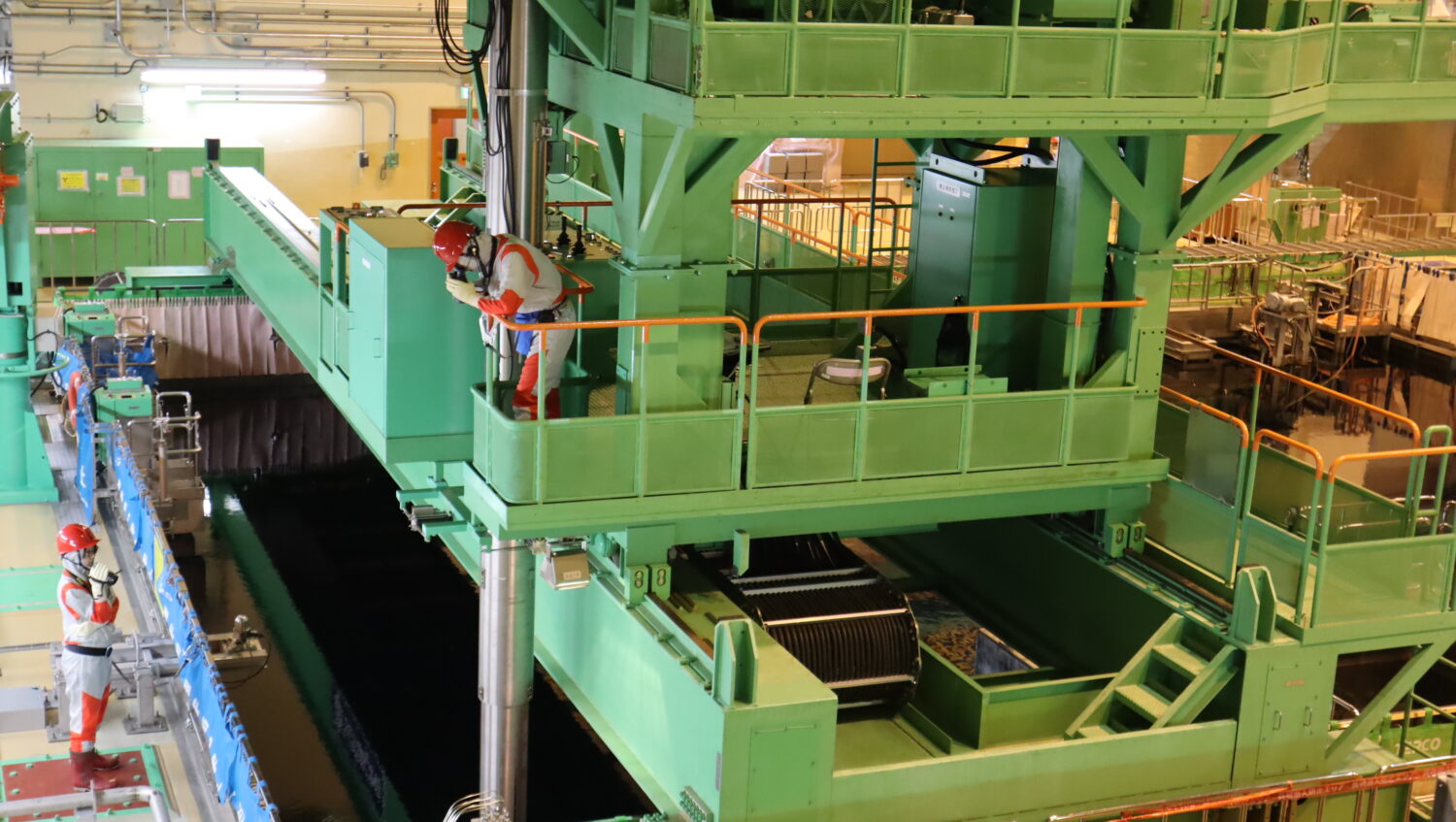A Fireside Chat is a dialogue-style talk held in a relaxed atmosphere, reminiscent of fireside conversations. This year marked the first time such an event was introduced at the JAIF Annual Conference, serving as a prelude to the subsequent sessions.
On the first day, the featured speakers were President Pierre-Yves CORDIER of Framatome Japan KK, and President and CEO MASUI Hideki of the Japan Atomic Industrial Forum (JAIF).
President Masui opened the conference with remarks on the current status of Japan’s nuclear industry. Regarding the Strategic Energy Plan formulated two months ago on February 18, he noted an important semantic shift that Japan’s nuclear industry had been closely watching: the language in the plan had changed from reading “reducing [Japan’s] dependence on nuclear energy” to “the maximum utilization of nuclear energy.” The plan now clearly refers not only to the use of existing reactors but also explicitly mentions their “new construction.”
Cordier next outlined the status of nuclear energy in Europe. He stated that over 130 reactors are currently in operation across the continent—roughly one-third of the global total—and noted a renewed interest in nuclear power in recent years. Both new reactor projects and lifetime extensions of existing ones are being actively considered, and the overall momentum for nuclear energy is growing throughout Europe.
Citing projects such as Hinkley Point C in the UK and Olkiluoto Unit 3 in Finland— which he was involved in during his tenure at the French Embassy in the UK—Cordier explained how nuclear projects in Europe are strongly influenced by EU policy trends. In particular, he referenced the debate surrounding the EU Taxonomy for sustainable activities, which sets criteria for green investments. Although nuclear energy was a point of contention among member states, it was ultimately included in the EU Taxonomy as of January 1, 2023—making green finance available to nuclear projects and sparking expectations for the revival of dormant initiatives.
Addressing Japan’s nuclear financing challenges, JAIF President Masui pointed out that, as nuclear power projects in Japan are led by the private sector, the liberalization of the electricity market has made long-term investment recovery increasingly difficult. With the disappearance of the former “rate-of-return” cost-plus system, financing new nuclear projects has become increasingly challenging, and banks have been hesitant to lend.
Cordier also presented several financing models adopted in Europe:
- The Contract for Difference (CfD) used in the Hinkley Point C project.
- The Regulated Asset Base (RAB) model planned for Sizewell C.
- The combination of low-interest government loans and CfD for the six EPR2 units under construction in France.
He also addressed the issues of construction delays and cost overruns experienced in European projects, and identified supply chain and workforce readiness as key contributing factors. In response, EDF and Framatome launched the Excell Plan from 2020 to 2023, which promoted project management reforms and standardization across the supply chain. Cordier noted that those efforts had resulted in measurable improvements.
Furthermore, he highlighted how nuclear power is being reassessed in Europe as an attractive career path for younger people. At the Hinkley Point C site, approximately 8,000 young people have received skills training, leading to significant increases in the local youth population. In France, as part of the Excell Plan, institutions for welding training and the so-called “University for Nuclear Professions” have been established to develop a highly skilled workforce, and those initiatives are already producing results.
In closing, President Masui emphasized three key factors for the success of new nuclear projects: finance, human resources, and supply chains. He concluded that Europe’s experience could teach Japan and others many lessons. Cordier agreed and expressed confidence that—with the right institutional design and support structures—Japan, too, could achieve new nuclear builds “on time and on budget.”


